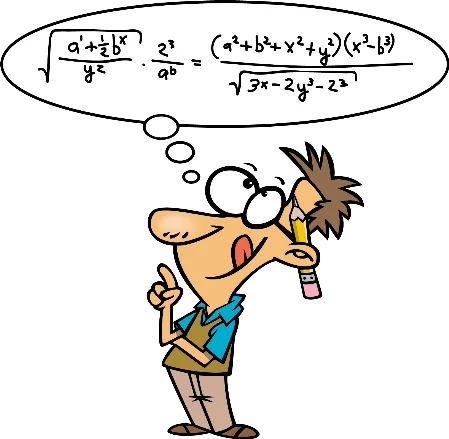Equation Transcript
Basic Bookkeeping Concepts > Accounting Equation

The accounting equation is the basic framework for recording financial transactions. It is assets equal liabilities plus equity. Remember that this is the accounting equation not the accounting suggestion, so it must always be in balance. The asset side must always equal the liabilities and equities side.
Assets are the economic resources of the business. They are items that have value and will provide benefit into the future.
Liabilities are claims against the assets from outside parties, commonly known as creditors. You might also think of liabilities as debts or amounts owed.
Owner's equity is the owne'rs claim on the assets. Owners always have secondary claims behind creditors. Sometimes owner's equity is known as net worth or net assets.
Owner's equity is increased by owner investments and net income. It is decreased by owner withdrawals and net losses.
Let's recall that net income is revenues minus expenses when revenues are greater than expenses. Net loss is revenues minus expenses when expenses are greater than revenues.
So another way to think about the impact of net income or loss on the accounting equation is that revenues increase owner's equity and expenses decrease owner's equity. Owner withdrawals are also a reduction of owner's equity. They occur when an owner withdraws cash or other assets from a business.
Revenues are inflows that result from business activities entered into for the purpose of earning income. So if a company performs service for customer, it earns service revenue. If it sells goods to a customer than it earns sales revenue.
Expenses are the cost of assets used up or the result of liabilities incurred in the process of earning revenues. I like to think of expenses as the cost of doing business.
Finally, let's look at a basic example of the accounting equation.
Let's say a home is worth $200,000.
This house is an asset because it has value and provides a future benefit.
However, there is also a home loan which we call a mortgage.
Let's say the amount of that mortgage is $150,000. A mortgage is a liability because it's a claim against the asset from an outside party, which in this case is a bank.
At this point the accounting equation is not in balance because 200,000 does not equal 150,000. The remainder is equity. The owner has $50,000 of equity in the home. Equity represents the owner's claims on the asset.
